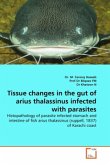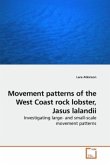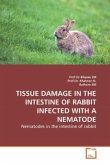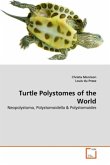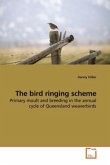The platypus is a unique Australian animal that belongs to the group known as monotremes, a group of mammals that diverged from marsupial and placental mammals some 140 million years ago. First recorded by European colonists in 1797 outside Sydney, it was not until 1884, after much debate and controversy, that it was finally determined to be an egg-laying mammal. The platypus has been impacted by human activities since the time of European settlement in Australia. They were hunted for their fur up until the early 1900s, and many drowned in the fish nets of the early freshwater fishing industry up until the early 1950s. By 1912, platypus were protected by law, but disturbance to their habitat continues to cause population declines. The platypus has aroused the curiosity of many, but their secretive and largely nocturnal habits make them somewhat elusive study organisms. This study represents the first investigation into the impacts of habitat modification on platypus in tropical north-east Queensland.
Bitte wählen Sie Ihr Anliegen aus.
Rechnungen
Retourenschein anfordern
Bestellstatus
Storno




